The Blackburn Firebrand was a British single-engine strike fighter for the Fleet Air Arm of the Royal Navy designed during World War II by Blackburn Aircraft. Originally intended to serve as a pure fighter, its unimpressive performance and the allocation of its Napier Sabre piston engine by the Ministry of Aircraft Production for the Hawker Typhoon caused it to be redesigned as a strike fighter to take advantage of its load-carrying capability. Development was slow and the first production aircraft was not delivered until after the end of the war. Only a few hundred were built before it was withdrawn from front-line service in 1953.
Development
In general, the Fleet Air Arm had required fighters that were capable of navigating long ranges over sea and speed differential over attackers was not critical. Defence of British naval bases was a RAF commitment but provision had not been made for this and so the Admiralty accepted that it would have to take on the duty. For this it needed an interceptor fighter and experience in the Norwegian Campaign of early 1940 had also shown a high-performance, carrier-based, single-seat fighter would be an advantage. Blackburn tendered their B-37 design using the Napier Sabre 24-cylinder H-type engine, and this was accepted by June 1940 with a proposal to order "off the drawing board" (meaning without prototypes). Air Ministry Specification N.11/40—stating a minimum top speed of 350 knots (650 km/h; 400 mph)—was raised to cover this design and an order placed in January 1941 for three prototypes.[1]
The B-37, given the service name "Firebrand" on 11 July 1941, was a low-winged, all-metal monoplane. Aft of the cockpit the fuselage was an oval-shaped stressed-skin semi-monocoque, but forward it had a circular-section, tubular-steel frame that housed the 169-imperial-gallon (770 l; 203 US gal) main fuel tank and the 71-imperial-gallon (320 l; 85 US gal) auxiliary fuel tank behind the engine. The radiators for the neatly cowled Sabre engine were housed in wing-root extensions. The large wing consisted of a two-spar centre section with manually folded outer panels (with five degrees of dihedral) to allow more compact storage in the hangar decks of aircraft carriers. To increase lift and reduce landing speed the wing was fitted with large, hydraulically powered Fairey-Youngman flaps that extended to the edges of the Frise ailerons. The fixed armament of four 20 mm (0.79 in) Hispano autocannon was fitted in the outer wing panels with 200 rounds per gun. The fin and rudder were positioned forward of the elevator to ensure spin recovery and that the rudder would retain its effectiveness. The mainwheels of the conventional landing gear were mounted at the ends of the centre wing section and retracted inwards.[2] The Firebrand was unusual in the fact that there was an airspeed gauge mounted outside of the cockpit so that during landing the pilot would not have to look down into the cockpit to take instrument readings, foreshadowing the modern heads-up display.[3]
The Firebrand did not see action in World War II, as TF 4s were not issued to 813 Naval Air Squadron until 1 September 1945. The squadron was disbanded 30 September 1946 without deploying to sea. It was reformed with TF 5s on 1 May 1947 and flew them from the carrier HMS Implacable, later HMS Indomitable, until it was re-equipped with turboprop Westland Wyvern attack aircraft in February 1953. 827 Naval Air Squadron received their TF 5 and 5As on 13 December 1950 and flew them primarily off the carrier HMS Eagle until it disbanded on 19 November 1952. A variety of second-line squadrons were issued Firebrands of various marks for training or trials at one time or another.[11]
In test pilot and naval aviator Captain Eric Brown's opinion the aircraft was "short of performance, sadly lacking in manoeuvrability, especially in rate of roll".[12] The position of the cockpit even with the trailing edge of the wing gave the pilot a very poor view over the nose, inhibited his ability to view his target and to land his aircraft aboard a carrier, sufficient for Brown to call it "a disaster as a deck-landing aircraft".[13]
Specifications
General Characteristics
- Created On Windows
- Wingspan 37.9ft (11.5m)
- Length 29.2ft (8.9m)
- Height 10.2ft (3.1m)
- Empty Weight 6,048lbs (2,743kg)
- Loaded Weight 9,597lbs (4,353kg)
Performance
- Horse Power/Weight Ratio 0.156
- Wing Loading 33.4lbs/ft2 (163.0kg/m2)
- Wing Area 287.4ft2 (26.7m2)
- Drag Points 1169
Parts
- Number of Parts 54
- Control Surfaces 18
- Performance Cost 336

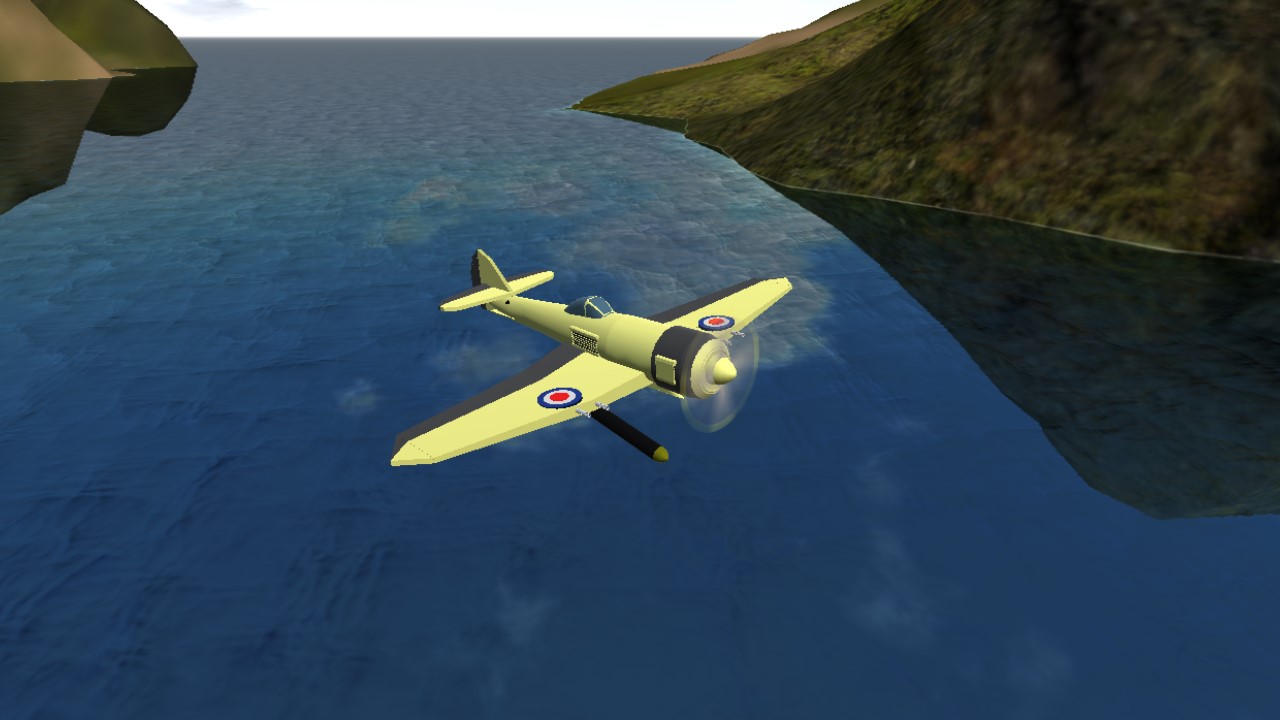
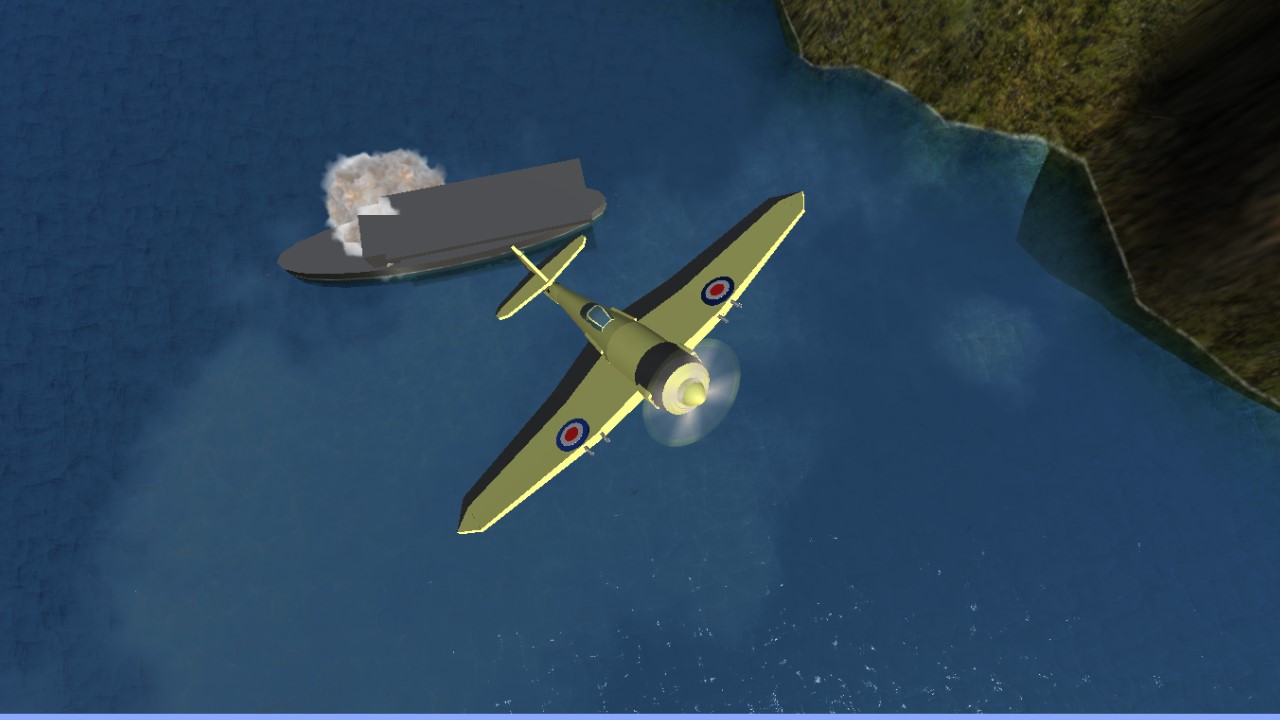
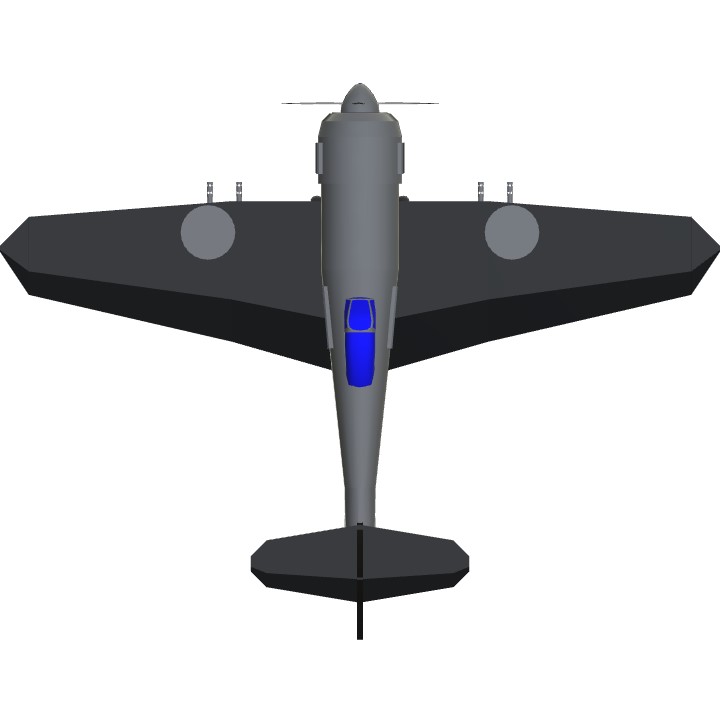
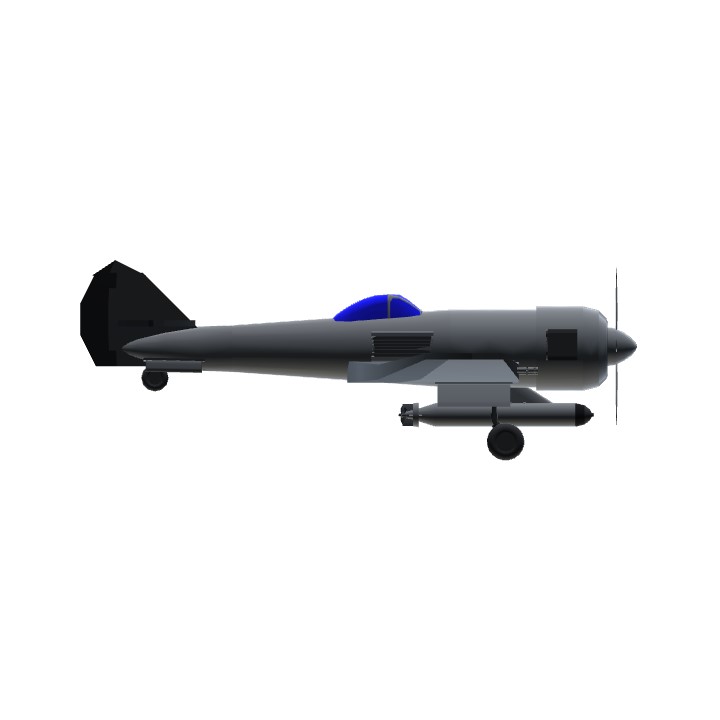
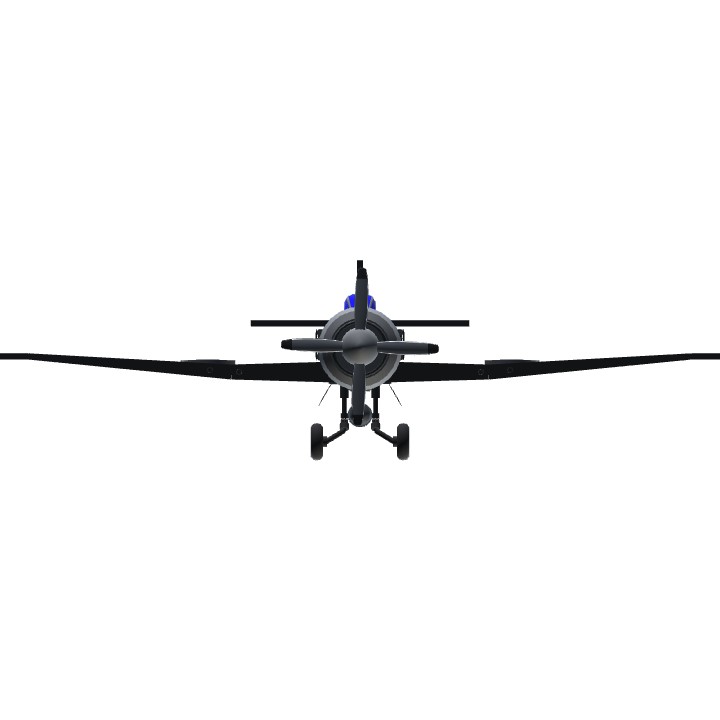
I'm upvoting your stuff because you were my first upvote!
Ship
https://www.simpleplanes.com/a/5T9qRW/9-Parts-Target-Ship-Carrier
The 10 Worst British Military Aircraft
https://www.youtube.com/watch?v=Dzr9f-rkjnw